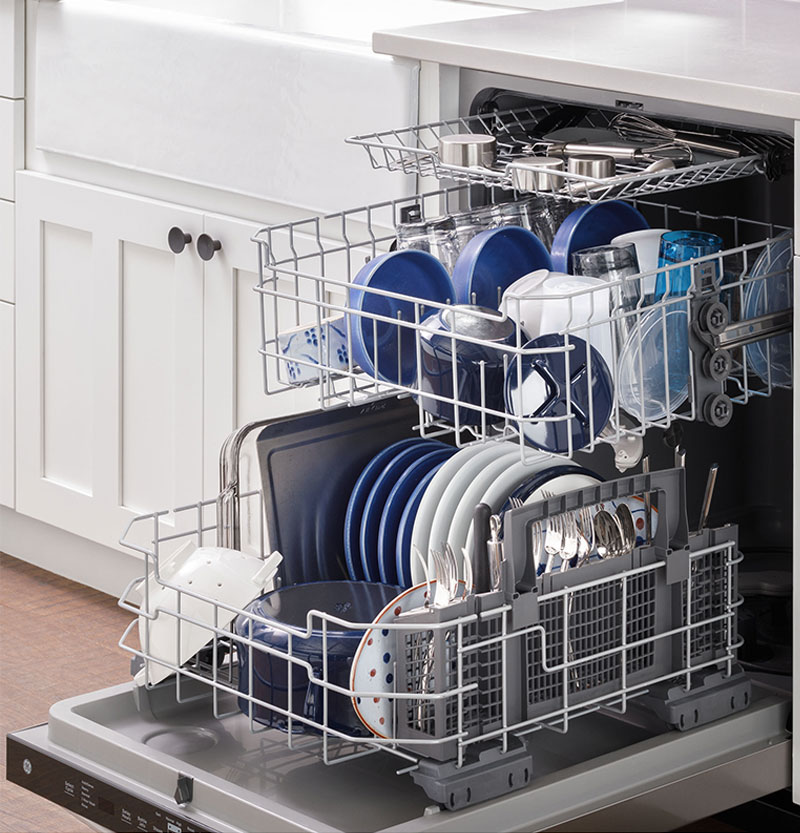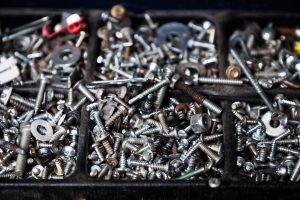
How to successfully move appliances
Moving is never easy, especially when it comes to moving your appliances. Most of the time, this step is not without consequences and many of your devices could suffer failures once you arrive at your destination, if you are not careful. How to properly move your appliances? We tell you everything.






